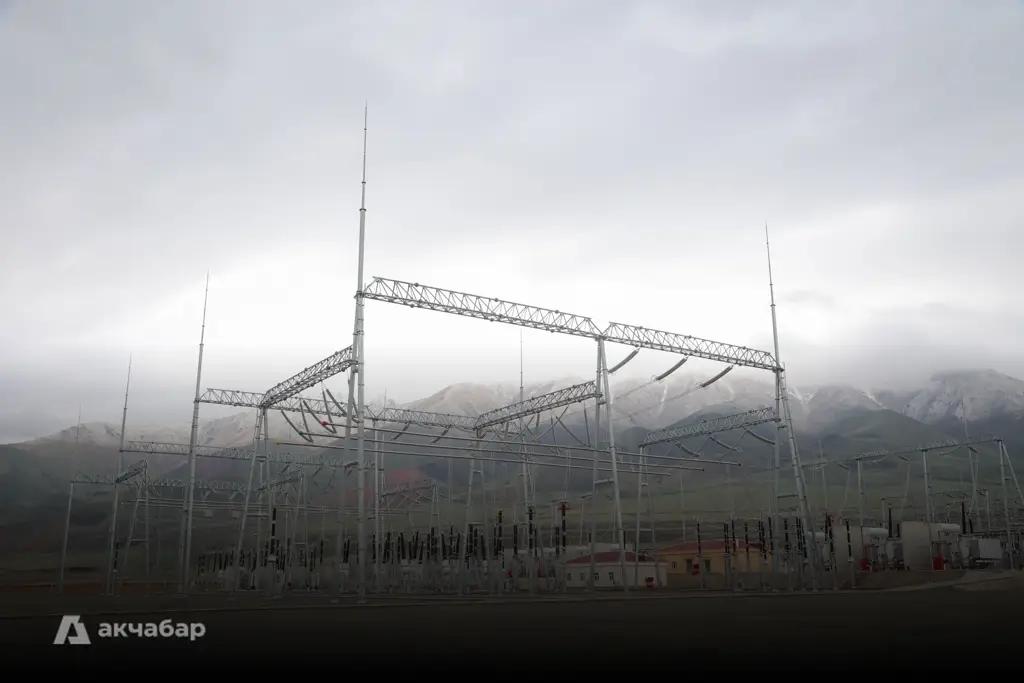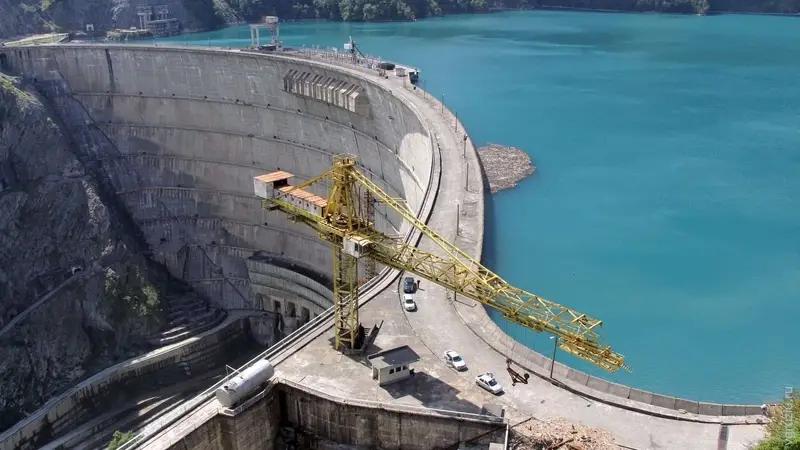
Published
04/03/2025, 14:13Energy is a key sector shaping the future of the country . In the context of global climate change and the transition to sustainable energy sources, the development of the energy sector has become particularly relevant. The Minister of Energy shared which energy facilities are currently under construction in Kyrgyzstan.
Minister of Energy Taalaibek Ibraev stated that in recent years, Kyrgyzstan has been actively building small hydropower plants. In addition, the implementation of major projects such as "Kambar-Ata-1" is also planned.
— Since President Sadyr Japarov took office, significant attention has been given to the energy sector. We have revised laws and regulations, and updated tariffs. For instance, there used to be many people interested in building small hydropower plants, but investments in this sector didn’t yield profits for investors. If someone invests money, they should receive a return — at least 20 tyiyns for every som invested.
After creating the necessary conditions, our domestic investors began building hydropower plants. Currently, 90% of the small hydropower plants under construction are being developed by local investors and entrepreneurs. Between 2025 and 2028, the country is expected to add approximately 406 megawatts (MW) of additional generation capacity. At present, our electricity deficit stands at around 500 MW.
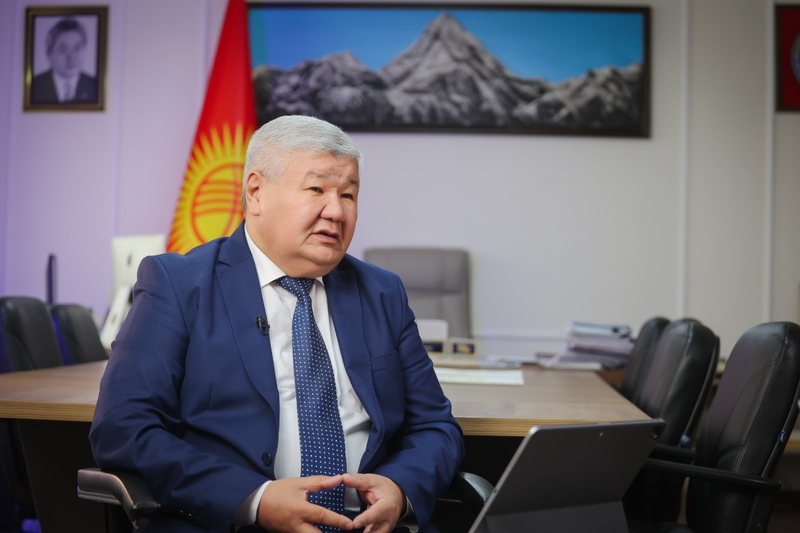
We have an open joint-stock company, Chakan HPP, which operates hydropower plants with a capacity of up to 30 MW. This company has already built the Bala-Saruu HPP and is currently constructing new stations: a 21 MW HPP at the Orto-Tokoy reservoir, a 27 MW HPP at the Papan reservoir, and an 18 MW HPP on the Kara-Kul river near the Toktogul HPP. All of these projects are being financed through loans from the Russian-Kyrgyz Development Fund and investments from Chinese partners. The remaining small hydropower plants are being built by our private entrepreneurs.
In terms of numbers, in 2025 we plan to commission five small hydropower plants with a total capacity of 64 MW. In 2026, we expect 145.56 MW, in 2027 — 170.88 MW, and in 2028 — 25.7 MW. These figures refer to projects that have already completed the necessary documentation and have begun work. In addition, there are many others currently developing feasibility studies, preparing project documentation, and negotiating with banks to obtain loans.
Currently, small hydropower plants generate up to 450 million kWh of electricity per year.
— Regarding large hydropower plants, we expect the construction of the Kulanak HPP in Naryn to be completed next year. Its capacity will be 100 MW. At the Kambar-Ata-2 HPP, a second unit with a capacity of 120 MW will be installed. The Russian-Kyrgyz Development Fund is allocating 110 million USD for this. We conducted a competition in which 6-7 companies participated, and we are currently selecting the contractor. If everything goes according to plan, we will begin work this year.
A contract has been signed with the Turkish company Orto Asia for the Kazarman HPP, and work is already underway there. This company has invested about 11 million USD. Work is also ongoing at the Kokomeren HPP. There are 3-4 investors involved for the Upper Naryn HPP cascade. We will conduct a competition and award the project to the one who offers the best conditions. Large hydropower plants are generating significant interest among investors.
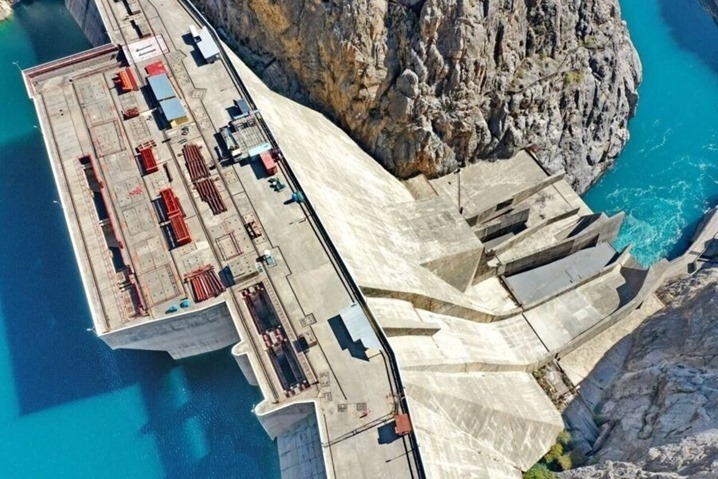
— We believe that the Kambar-Ata-1 HPP will become the largest national project. As you know, in the second year of his presidency, Sadyr Japarov laid the foundation stone for the construction of Kambar-Ata-1 and instructed us to begin work. Since then, the project has been actively implemented. The World Bank supports this project.
In 2014, a feasibility study (FS) was prepared for the hydropower plant. It was developed by German and Russian companies. However, since 2014, prices and the exchange rate of the dollar have changed, so an update is required. If we present the project to investors, any company will first demand a new feasibility study.
This document outlines the key parameters: water volume, amount of electricity generated, type of dam and units, as well as the operating mode of the plant. The World Bank has allocated 5 million USD for the preparation of the FS, of which 2 million USD is a grant and 3 million USD is a loan.
Last year, we held a competition that was won by the Swiss company Efri. They were given time until May to complete a feasibility study.
Since the construction of the hydropower plant requires an environmental assessment, sociological studies are also being conducted. Last year, specialists visited the site and met with local residents. The reservoir will be located in the Toktogul and Toguz-Toro districts. They held meetings with residents of 5-6 villages to hear their opinions. 97% of the population supports the project, 1% did not express an opinion, and 2% had various questions. A 97% support rate is a good indicator.
On April 4, ecologists will go to the site where the reservoir is planned to be located to conduct an examination. In accordance with the requirements of the World Bank, they must study the plants and animals that inhabit this area. The World Bank has allocated 13.6 million USD for the engagement of ecologists and experts.
In addition, we have already selected an expert-legal company that will prepare the intergovernmental agreement between Kyrgyzstan, Uzbekistan and Kazakhstan. After the agreement is ratified by the Jogorku Kenesh and signed by the parties, work on the project will commence.
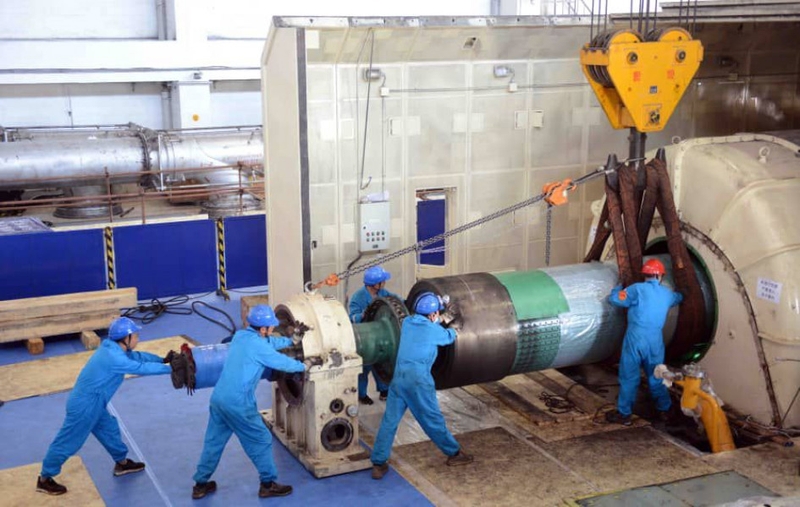
— The cost of this project is approximately 3.5 billion USD. The World Bank plans to allocate 1.5 billion USD. Kyrgyzstan, Kazakhstan and Uzbekistan have sent a letter to the World Bank requesting a loan of 500 million USD. This matter is currently under consideration by the Board of Directors. If everything goes according to plan, it will be resolved. On May 20, a meeting will take place in Dubai (UAE) with representatives of three countries and representatives of the World Bank. After these negotiations, we will also meet with other donors.
Last year, we held an international energy forum in Vienna, attended by about 13 donors. A communiqué was signed with them regarding the financing of the Kambar-Ata-1 project. Now, I hope that these donors will allocate the remaining 2 billion USD. Among them are the Asian Development Bank, the Islamic Development Bank, the European Bank for Reconstruction and Development, the European Investment Bank and others. There is also one Italian bank that has expressed its intention to participate in this project.
By comparison, the Rogun HPP has been under construction for over 10 years. There, a large number of people and entire villages need to be relocated due to the reservoir and the site for the dam. We do not have such a problem. The land allocated for Kambar-Ata-1 is owned by Electric Stations, it has a "red book" designation, and taxes have been paid on it for many years. I believe this is a unique project.
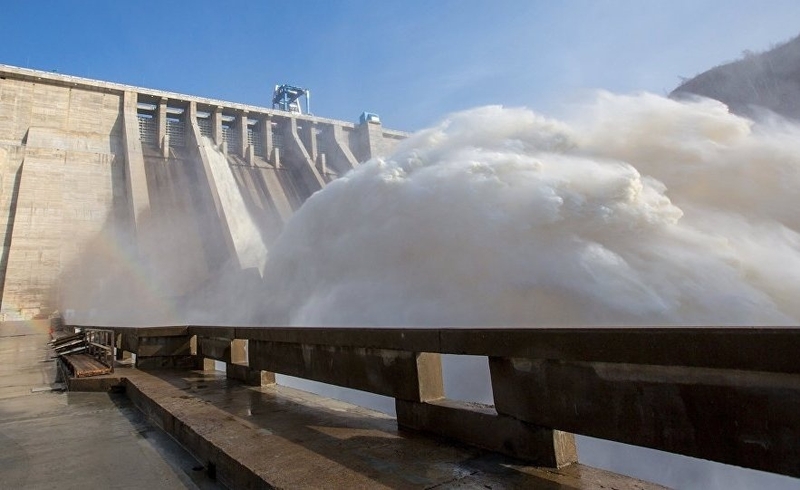
— For the Kambar-Ata-1 project, the government allocated 1.555 billion KGS in 2023-2024. This year, an additional 2.4 billion KGS is being allocated. Thus, a total of about 4 billion KGS from the state budget will be directed towards the initial construction of the hydropower plant.
Allow me to explain what work is being carried out. Before the construction begins, preparatory work needs to be done: a road must be built since the area is mountainous, and a transport tunnel must be constructed. The construction of the tunnel has already been completed. A bridge over the Naryn river needs to be built to transport equipment, generators, and materials to the powerhouse of the hydropower plant. The construction of the bridge is currently underway. We have also laid a 110-kilovolt power line.
Since the employees work on a rotational basis, a dormitory for 100 people is being constructed. Next to the Kambar-Ata-2 HPP, there is our temporary settlement called Kambar-Ata. It was established earlier, but construction was halted. There are already buildings there that we plan to renovate.
If everything goes well, between 3,000 to 5,000 people will work on this project. It is essential to create suitable conditions for them.
— A question may arise: what benefits will this project bring to the local residents? We have approached the World Bank with a request to construct a 110-kilovolt power line from the Kambar-Ata-2 HPP to Toktogul district, as well as to train 1,000 students. In the future, there will be a need for personnel to work at the Kambar-Ata and other hydropower plants. The Bank has expressed its agreement with this proposal.
There are water problems in the nearby villages, and we will try to address them. Currently, HPPs are being constructed in various regions, and 1% of the electricity they generate remains in the local ayil aimaks. For example, if 100 kWh is produced, 1 kWh will be converted into monetary equivalent for the benefit of that village. These payments will be made by the National Electric Grid of Kyrgyzstan, which will provide good support for the local residents.
Previously, the water simply flowed, but now we are using it to generate electricity.
